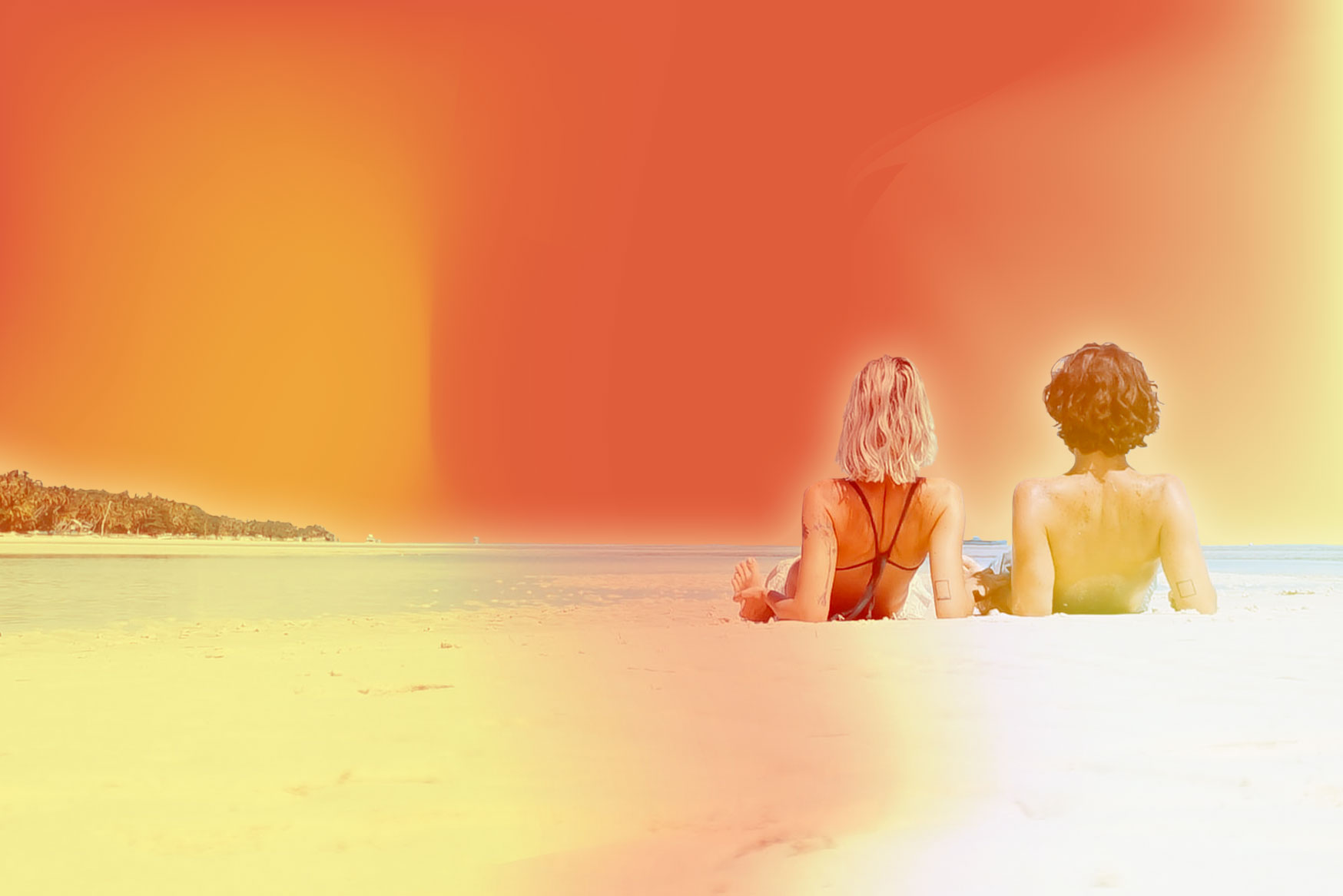

Summer’s right around the corner, but the heat is already on. From unrelenting sunshine to sizzling grills, feeling hot (and cooling down) are part of the daily grind now. PopSci is here to help you ease into the most scorching season with the latest science, gear, and smart DIY ideas. Welcome to Hot Month.
I didn’t know it was possible to get a sunburn on your eye until it happened to me. I thought I was safe—having thoroughly basted my uncooked chicken-colored skin with SPF 50—but my eyes were vulnerable, and I woke up the next day feeling like I’d been punched in the face.
Know this: your eyes can be sunburned, and they’re not the only body parts you’re likely to forget to protect from dangerous ultraviolet rays. So the next time you step outside, make sure you’ve done all you can to keep these neglected areas of the body safe.
Your eyes
Eye sunburn has a much more clinical name: photokeratitis. According to the American Academy of Ophthalmology, it can affect the cornea (the clear part of the eye over the pupil) and the conjunctiva (the clear tissue that covers the white part of the eye and the inside of the eyelids). For me, it manifested as an irregular pea-sized red splotch over the white bit and healed within about three days—a typical recovery time.
Although there’s a clear link between sun exposure and skin cancer, it’s unclear whether an eye sunburn or UV radiation in general can cause eye cancer. The sun can, however, dry out your eyes, and photokeratitis may cause cataracts or contribute to vision degeneration, says Julie Rosenthal, an ophthalmologist and assistant professor at the University of Michigan Medical School.
Most often, those with sunburned eyes are people who have spent a long time on snow or water, surfaces that easily reflect the sun into their eyes. Snow blindness, then, is a type of photokeratitis. But it can occur in more mundane situations, too. I was not trekking across the tundra or crewing a ship on the open sea when I got burned—I was playing third base for a New York City softball team while facing directly into the afternoon sun.
Prevention is simple, Rosenthal says: Wear sunglasses with 100 percent UV protection, and make it a lifetime practice.
Your scalp
If you think your thick head of hair will protect you from the sun, think again. No matter how luscious your locks, your scalp (particularly your part) can fall victim to a serious sunburn, says Sean Christensen, a dermatologist and professor at Yale University School of Medicine.
[Related: Sunburn treatments that actually work]
So unless you want to smear sunscreen into your hair, wear a hat, he says. Even better, wear a broad-brimmed one that will protect your face, ears and neck, too (but make sure you use sunblock on those areas too). If you’re bald, just rub some SPF on your dome.
Your lips
It should come as no surprise that several parts of your head and face are on this list. The tissues there are sensitive, and while it’s relatively easy to remember to protect your face, people usually focus on the cheeks, nose, and forehead. Often forgotten, Christensen says, are your lips, particularly the lower one.
The skin on the red part of your lip—known as the vermillion lip—is super thin and your bottom lip can be exposed to a lot of sun when you’re outside. Lip skin is also quite similar to the tissue inside your mouth, which means that skin cancer on your lip can spread throughout your body more aggressively, though doctors aren’t really sure why, Christensen says.
Here, your best protection will be lip balm that’s at least SPF 30, if not more, he says. And don’t forget to reapply after you eat, drink, or lick your lips.
The tops of your feet
After spending all winter tucked inside shoes (or most of the year, depending on how often you go barefoot outside), the tops of your feet can quickly burn, Christensen says. There isn’t much to say here beyond: please give those tootsies the sunblock protection they deserve.
Conversely, it’s extremely hard to burn the soles of your feet or the palms of your hands, and it’s not because they don’t see the sun often. Instead, the skin on these areas of your body is so thick that it effectively blocks UV rays, Christensen says. Still, they’re not invincible, so you should protect them too.
Just protect all of your skin, please
For any of you wondering if there’s a worst place to get sunburned, the short answer is that there isn’t. If you get burned pretty much anywhere, it’s going to hurt in the short term and increase your risk of skin cancer in the long term, Christensen says.
[Related: Your summer guide to sunscreen]
Still, because skin cancer shows up on areas that have been burned, you really want to protect your face. Burns aren’t worse there, but surgery can be much more involved if skin cancer needs to be removed from the nose, lips, or around the eyes, he explains.
And don’t think that you can skip sunscreen because you have darker skin, or have certain areas of your body that tan instead of burning. This happens because chronic sun exposure has allowed those areas to develop partial protection that other, often covered, areas of your body don’t have, says Allison Darland, a dermatologist and professor at the University of Michigan School of Medicine. The key word, though, is “partial”—UV radiation can damage skin of any color.
We really can’t say it enough: wear sunscreen and do whatever you can to protect your body from the sun.
